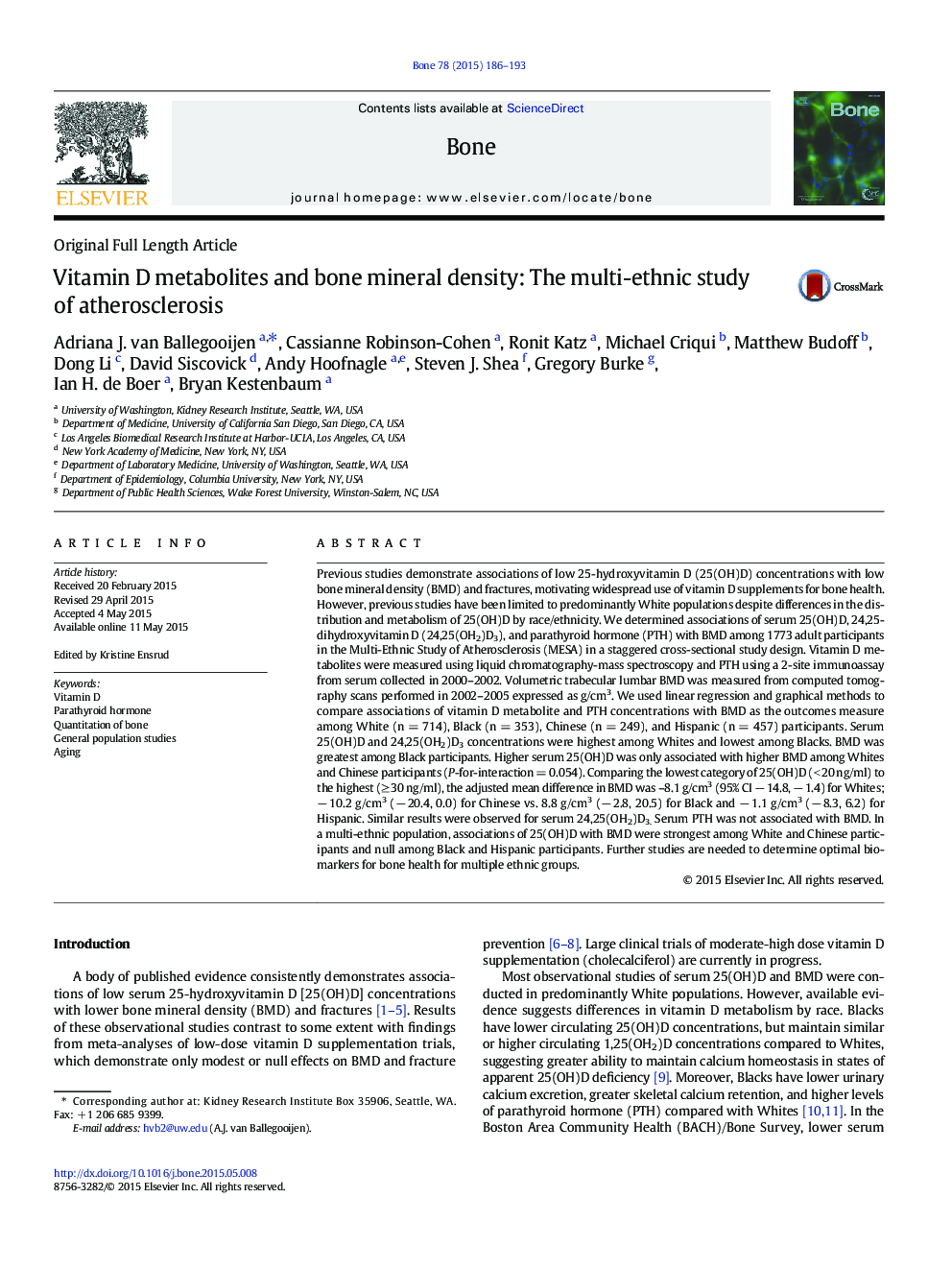| Article ID | Journal | Published Year | Pages | File Type |
|---|---|---|---|---|
| 1034362 | Archaeology, Ethnology and Anthropology of Eurasia | 2014 | 8 Pages |
Abstract
For over 9000 years, seals were a major food source for many groups of foragers living in the Lake Baikal region of Eastern Siberia, as evidenced by the frequency of seal bones in the Holocene sites of that area. This article introduces new representations of seals and summarizes previously known seal depictions. Seal images were rather common in rock art and portable sculpture. Also, Neolithic and Bronze Age foragers used seal bones in manufacturing implements and ornaments and placed parts of seal carcasses in burials. From the Iron Age on, seals featured in pastoralist sacrificial rites, along with other animals.
Related Topics
Social Sciences and Humanities
Arts and Humanities
History
Authors
T.Y. Nomokonova, R.J. Losey, O.I. Goriunova, V.I. Bazaliiskii,
